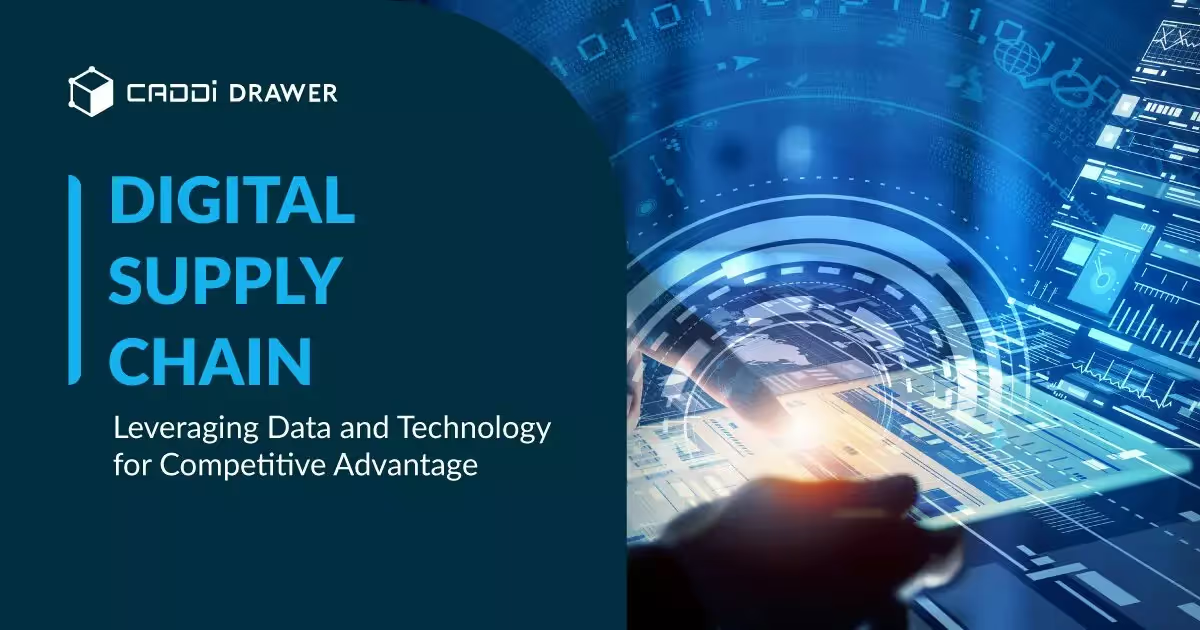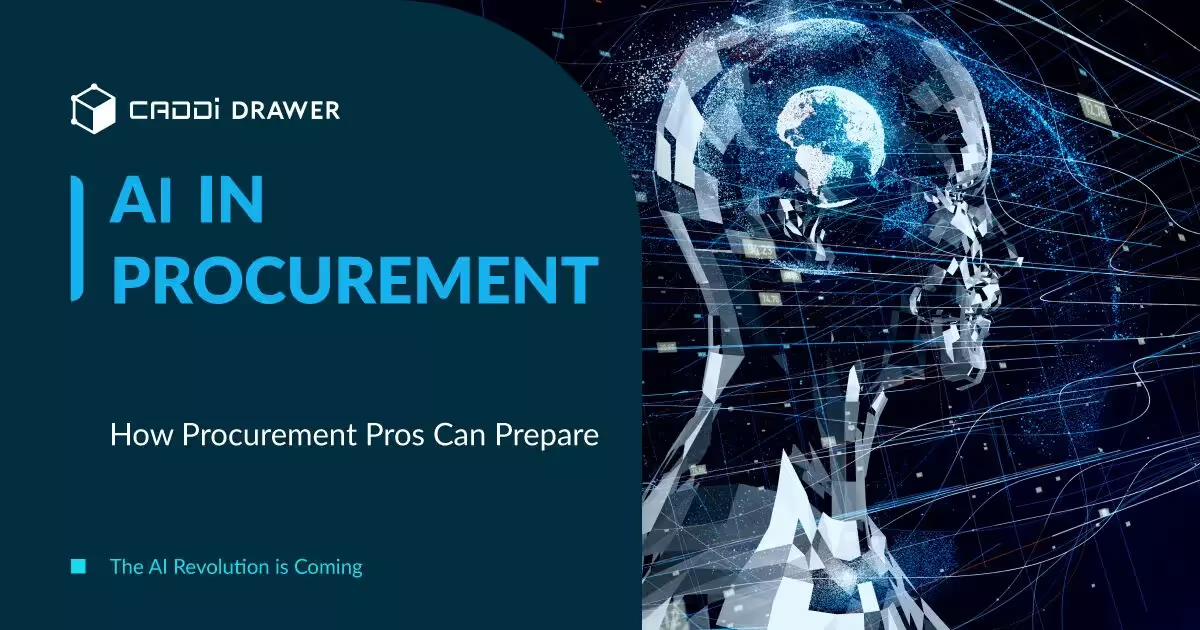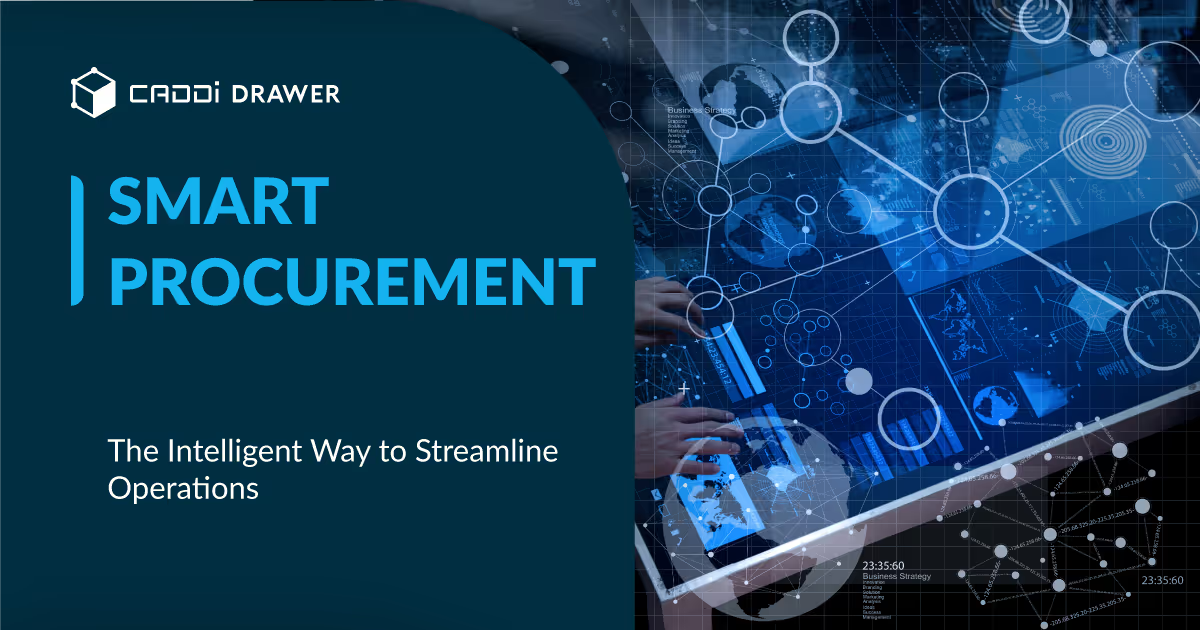The Digital Supply Chain: Leveraging Data and Technology for Competitive Advantage

Table of Contents

What is Digital Supply Chain?
A digital supply chain is the digital representation, connection, and automation of physical supply chain processes. It leverages emerging technologies like the IoT, big data analytics, cloud computing, and AI to enable real-time visibility, collaboration, and data-driven decision making across the end-to-end supply chain.
The digital supply chain is becoming increasingly important in today’s hyper-connected world as consumer expectations are rising while product life cycles are shrinking. Companies need agility, speed, and precision to meet customer demands. The digital supply chain provides the foundation to transform traditional linear supply chains into intelligent, interconnected, and automated networks that can rapidly sense, analyze, and respond to changes in the business environment.
By implementing a digital supply chain, companies can achieve greater efficiency, flexibility, and resilience. According to Gartner, the digital supply chain could potentially deliver 50% reduction in lead times and inventories and 25% reduction in supply chain costs over the next 5 years. As the technologies enable new levels of transparency and collaboration, the digital supply chain is essential for succeeding in the next industrial revolution.
Digital Twin
A digital twin is a virtual model of a physical object or system. It uses data from sensors on the physical asset to create a living digital simulation that updates and changes as its real-world counterpart does. Digital twins allow organizations to monitor, understand, and optimize physical assets remotely.
Some key capabilities of digital twins include:
- Real-time visibility – Digital twins provide real-time data on the state of the physical asset to enable understanding of its condition and performance.
- Simulation – Various “what-if” scenarios can be simulated on the digital twin to predict how the physical asset would react. This is useful for maintenance and reliability engineering.
- Monitoring – Sensor data from the physical twin is monitored to detect anomalies and changes in baseline performance.
- Control – Insights from the digital twin can be used to optimize operations and control the physical asset remotely.
As more devices become connected through the Industrial IoT, digital twins are becoming an essential foundation for digital supply chains. By virtualizing and connecting assets, systems-level visibility and control can be achieved.
Industrial IoT
Industrial IoT is transforming digital supply chains by enabling connectivity between physical objects, sensors, devices, vehicles, and more. IoT involves equipping objects with computing power, sensors, and network connectivity, allowing them to send and receive data.
In supply chains, IoT provides real-time visibility into inventory, equipment, facilities, shipments, and other assets. IoT sensors can monitor product location, condition, temperature, movement, and more. This data helps optimize logistics, improve asset utilization, and prevent losses.
Some examples of IoT use cases in supply chains:
- Smart pallets with sensors that track location and condition. This provides real-time visibility into pallet inventory levels.
- Sensors in trucks monitoring location, temperature, tire pressure, engine diagnostics, etc. Fleet managers gain insights to optimize routes, maintenance, and safety.
- RFID tags on products providing location data throughout the supply chain journey. This enables inventory visibility and anti-counterfeiting.
- Equipment sensors monitoring utilization rates, performance, and downtime. Data can optimize equipment usage and inform predictive maintenance needs.
- Facility sensors that monitor energy use, temperature, occupancy, etc. Insights reduce energy costs and improve operations.
As more “things” become interconnected through IoT, supply chains gain unprecedented visibility and data-driven optimization across assets, inventory, logistics, and facilities. IoT plays a vital role in enabling the digital transformation of supply chains.
Big Data Analytics
Big data analytics involves analyzing large volumes of data to uncover hidden patterns, market trends, and customer preferences. This can help supply chain managers significantly improve operations and decision making.
With sensors and internet-connected devices proliferating across supply chains, massive amounts of data are being generated daily. Supply chain organizations can tap into this data goldmine to gain visibility into their operations. Big data analytics enables them to collect, store, organize, and analyze this data to derive actionable insights.
For instance, big data analytics can help supply chain managers:
- Optimize delivery routes and transportation planning based on real-time traffic data and weather conditions. This improves efficiency and reduces fuel costs.
- Monitor equipment performance and predict potential malfunctions and downtimes for proactive maintenance. This avoids costly unplanned outages.
- Analyze customer sentiment and feedback shared on social media platforms. This provides insights into changing customer preferences and emerging trends.
- Identify inefficiencies and waste in production processes by aggregating sensor data from IoT-enabled machinery. Corrective actions can then be taken to boost productivity.
- Perform demand forecasting with greater accuracy using internal data from across the supply chain combined with external data like Point of Sale system data from retailers. This enables better demand planning and inventory optimization.
The use of big data analytics is rapidly growing as an indispensable tool for enhancing visibility, increasing efficiency, and driving innovation across digital supply chains.
Advanced AI Technologies
As described in another article, several advanced AI technologies are poised to transform supply chain management in the coming years. These include large language models (LLMs), generative AI, unstructured data utilization, and retrieval augmented generation (RAG).
Some key applications of these AI technologies in supply chain management include:
- Supply chain collaboration – Generative AI can streamline routine communication, like automatically drafting notifications about shipment delays. RAG-based systems can serve as “digital supply chain assistants”, answering questions and enabling seamless collaboration across organizations.
- Automated analysis and document creation – LLMs and generative AI combined with RAG can leverage unstructured data to identify trends, automate spend analysis, generate supplier shortlists, create supplier profiles, and interact with decision makers via conversational interfaces.
- Automated risk sensing and mitigation – AI can monitor unstructured data sources to identify potential supply chain risks and disruptions, automatically generate contingency plans, and surface recommendations to supply chain leaders through a conversational interface.
- Predictive demand and supply matching – AI can generate highly accurate demand forecasts, match them against supply constraints, predict future imbalances, and recommend corrective actions in real-time to optimize inventory, production, and logistics.
The integration of these advanced AI technologies will enable supply chains to become more intelligent, adaptive, and resilient – able to sense and respond to change in real-time while augmenting human decision makers. Forward-thinking companies that harness these capabilities will be well-positioned to navigate an increasingly complex and uncertain business environment.
Robotics
Robotics and automation are transforming digital supply chains by improving efficiency, quality, and flexibility. Robots can work 24/7 without fatigue to rapidly pick, pack, and palletize goods in warehouses. AGVs swiftly transport materials between workstations. Automated inspection using computer vision catches defects early. Overall, robotics removes dull, dirty, and dangerous work from human workers so they can focus on more valuable tasks.
Some key benefits of supply chain robotics and automation include:
- Higher throughput and productivity. Robots can work faster and more consistently than humans. This accelerates processes.
- Reduced costs. Once deployed, robots are cheaper than human labor in the long-run. Their efficiency also cuts operational costs.
- Improved quality control. Automated inspection enhances detection of defects, reducing errors.
- Increased flexibility. Robots can be reprogrammed quickly to accommodate new products or processes.
- Enhanced safety. Automation handles hazardous material transport and heavy lifting that could injure workers.
- More consistent output. Robots perform repetitive tasks precisely the same way each time.
Looking ahead, collaborative robots that safely work alongside humans will expand. Machine learning will enable robots to continuously improve. Overall, supply chains will become increasingly automated for optimal efficiency, quality, and flexibility.
Future Trends
Digital supply chains will act as an extension of human cognition and capabilities. AI-powered systems will work seamlessly alongside human experts, augmenting their decision-making abilities and enabling them to focus on higher-value, creative tasks. Robots will not replace humans but rather enhance their physical abilities and free them from repetitive, dangerous work.
As digital supply chains become more autonomous and self-optimizing, they will also become more adaptive and resilient. They will be able to sense, predict, and respond to disruptions in real-time, learning from each experience to continuously improve their performance. This will create a supply chain that is not only efficient but also agile and robust in the face of uncertainty.
The path ahead is filled with challenges and opportunities, but one thing is clear: the future of supply chains is digital, and it is intertwined with the future of humanity itself.
What is Digital Supply Chain?
A digital supply chain is the digital representation, connection, and automation of physical supply chain processes. It leverages emerging technologies like the IoT, big data analytics, cloud computing, and AI to enable real-time visibility, collaboration, and data-driven decision making across the end-to-end supply chain.
The digital supply chain is becoming increasingly important in today’s hyper-connected world as consumer expectations are rising while product life cycles are shrinking. Companies need agility, speed, and precision to meet customer demands. The digital supply chain provides the foundation to transform traditional linear supply chains into intelligent, interconnected, and automated networks that can rapidly sense, analyze, and respond to changes in the business environment.
By implementing a digital supply chain, companies can achieve greater efficiency, flexibility, and resilience. According to Gartner, the digital supply chain could potentially deliver 50% reduction in lead times and inventories and 25% reduction in supply chain costs over the next 5 years. As the technologies enable new levels of transparency and collaboration, the digital supply chain is essential for succeeding in the next industrial revolution.
Digital Twin
A digital twin is a virtual model of a physical object or system. It uses data from sensors on the physical asset to create a living digital simulation that updates and changes as its real-world counterpart does. Digital twins allow organizations to monitor, understand, and optimize physical assets remotely.
Some key capabilities of digital twins include:
- Real-time visibility – Digital twins provide real-time data on the state of the physical asset to enable understanding of its condition and performance.
- Simulation – Various “what-if” scenarios can be simulated on the digital twin to predict how the physical asset would react. This is useful for maintenance and reliability engineering.
- Monitoring – Sensor data from the physical twin is monitored to detect anomalies and changes in baseline performance.
- Control – Insights from the digital twin can be used to optimize operations and control the physical asset remotely.
As more devices become connected through the Industrial IoT, digital twins are becoming an essential foundation for digital supply chains. By virtualizing and connecting assets, systems-level visibility and control can be achieved.
Industrial IoT
Industrial IoT is transforming digital supply chains by enabling connectivity between physical objects, sensors, devices, vehicles, and more. IoT involves equipping objects with computing power, sensors, and network connectivity, allowing them to send and receive data.
In supply chains, IoT provides real-time visibility into inventory, equipment, facilities, shipments, and other assets. IoT sensors can monitor product location, condition, temperature, movement, and more. This data helps optimize logistics, improve asset utilization, and prevent losses.
Some examples of IoT use cases in supply chains:
- Smart pallets with sensors that track location and condition. This provides real-time visibility into pallet inventory levels.
- Sensors in trucks monitoring location, temperature, tire pressure, engine diagnostics, etc. Fleet managers gain insights to optimize routes, maintenance, and safety.
- RFID tags on products providing location data throughout the supply chain journey. This enables inventory visibility and anti-counterfeiting.
- Equipment sensors monitoring utilization rates, performance, and downtime. Data can optimize equipment usage and inform predictive maintenance needs.
- Facility sensors that monitor energy use, temperature, occupancy, etc. Insights reduce energy costs and improve operations.
As more “things” become interconnected through IoT, supply chains gain unprecedented visibility and data-driven optimization across assets, inventory, logistics, and facilities. IoT plays a vital role in enabling the digital transformation of supply chains.
Big Data Analytics
Big data analytics involves analyzing large volumes of data to uncover hidden patterns, market trends, and customer preferences. This can help supply chain managers significantly improve operations and decision making.
With sensors and internet-connected devices proliferating across supply chains, massive amounts of data are being generated daily. Supply chain organizations can tap into this data goldmine to gain visibility into their operations. Big data analytics enables them to collect, store, organize, and analyze this data to derive actionable insights.
For instance, big data analytics can help supply chain managers:
- Optimize delivery routes and transportation planning based on real-time traffic data and weather conditions. This improves efficiency and reduces fuel costs.
- Monitor equipment performance and predict potential malfunctions and downtimes for proactive maintenance. This avoids costly unplanned outages.
- Analyze customer sentiment and feedback shared on social media platforms. This provides insights into changing customer preferences and emerging trends.
- Identify inefficiencies and waste in production processes by aggregating sensor data from IoT-enabled machinery. Corrective actions can then be taken to boost productivity.
- Perform demand forecasting with greater accuracy using internal data from across the supply chain combined with external data like Point of Sale system data from retailers. This enables better demand planning and inventory optimization.
The use of big data analytics is rapidly growing as an indispensable tool for enhancing visibility, increasing efficiency, and driving innovation across digital supply chains.
Advanced AI Technologies
As described in another article, several advanced AI technologies are poised to transform supply chain management in the coming years. These include large language models (LLMs), generative AI, unstructured data utilization, and retrieval augmented generation (RAG).
Some key applications of these AI technologies in supply chain management include:
- Supply chain collaboration – Generative AI can streamline routine communication, like automatically drafting notifications about shipment delays. RAG-based systems can serve as “digital supply chain assistants”, answering questions and enabling seamless collaboration across organizations.
- Automated analysis and document creation – LLMs and generative AI combined with RAG can leverage unstructured data to identify trends, automate spend analysis, generate supplier shortlists, create supplier profiles, and interact with decision makers via conversational interfaces.
- Automated risk sensing and mitigation – AI can monitor unstructured data sources to identify potential supply chain risks and disruptions, automatically generate contingency plans, and surface recommendations to supply chain leaders through a conversational interface.
- Predictive demand and supply matching – AI can generate highly accurate demand forecasts, match them against supply constraints, predict future imbalances, and recommend corrective actions in real-time to optimize inventory, production, and logistics.
The integration of these advanced AI technologies will enable supply chains to become more intelligent, adaptive, and resilient – able to sense and respond to change in real-time while augmenting human decision makers. Forward-thinking companies that harness these capabilities will be well-positioned to navigate an increasingly complex and uncertain business environment.
Robotics
Robotics and automation are transforming digital supply chains by improving efficiency, quality, and flexibility. Robots can work 24/7 without fatigue to rapidly pick, pack, and palletize goods in warehouses. AGVs swiftly transport materials between workstations. Automated inspection using computer vision catches defects early. Overall, robotics removes dull, dirty, and dangerous work from human workers so they can focus on more valuable tasks.
Some key benefits of supply chain robotics and automation include:
- Higher throughput and productivity. Robots can work faster and more consistently than humans. This accelerates processes.
- Reduced costs. Once deployed, robots are cheaper than human labor in the long-run. Their efficiency also cuts operational costs.
- Improved quality control. Automated inspection enhances detection of defects, reducing errors.
- Increased flexibility. Robots can be reprogrammed quickly to accommodate new products or processes.
- Enhanced safety. Automation handles hazardous material transport and heavy lifting that could injure workers.
- More consistent output. Robots perform repetitive tasks precisely the same way each time.
Looking ahead, collaborative robots that safely work alongside humans will expand. Machine learning will enable robots to continuously improve. Overall, supply chains will become increasingly automated for optimal efficiency, quality, and flexibility.
Future Trends
Digital supply chains will act as an extension of human cognition and capabilities. AI-powered systems will work seamlessly alongside human experts, augmenting their decision-making abilities and enabling them to focus on higher-value, creative tasks. Robots will not replace humans but rather enhance their physical abilities and free them from repetitive, dangerous work.
As digital supply chains become more autonomous and self-optimizing, they will also become more adaptive and resilient. They will be able to sense, predict, and respond to disruptions in real-time, learning from each experience to continuously improve their performance. This will create a supply chain that is not only efficient but also agile and robust in the face of uncertainty.
The path ahead is filled with challenges and opportunities, but one thing is clear: the future of supply chains is digital, and it is intertwined with the future of humanity itself.
Ready to see CADDi Drawer in action? Get a personalized demo.
Subscribe to our Blog!
Related Resources












.svg)



.svg)
.svg)
.svg)


